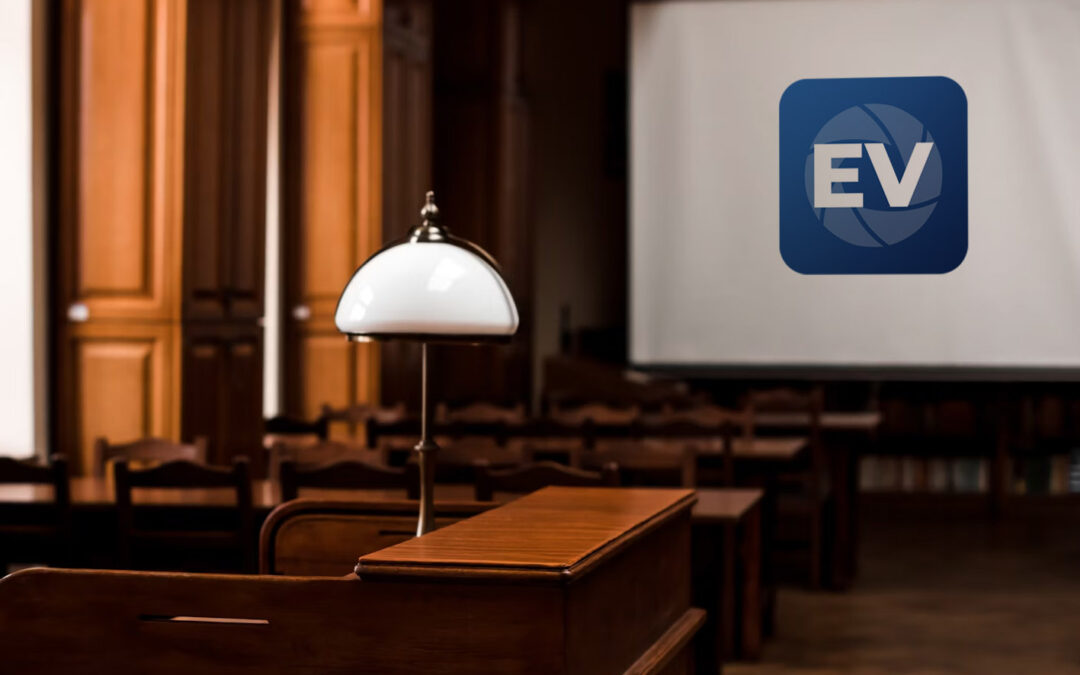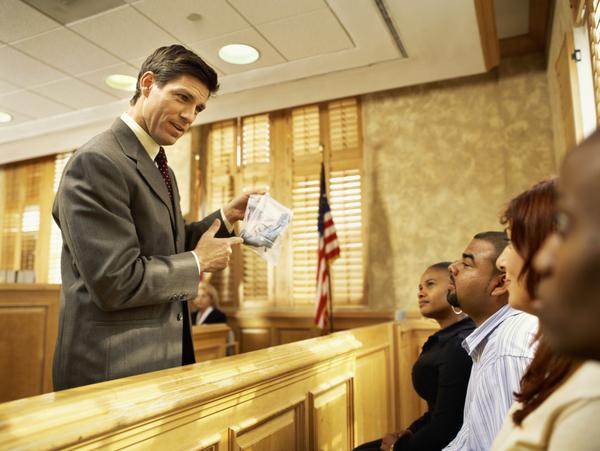Discover the Relevance of Trial Presentations for Effective Lawful End Results
In the realm of litigation, the effectiveness of trial presentations can frequently be the crucial element in protecting desirable lawful outcomes. By converting detailed legal arguments right into engaging narratives, lawyers can boost juror understanding and involvement. The strategic use of aesthetic aids and organized narration not just aids in retention yet also forms the jury's understanding of the instance. As we discover the crucial elements of impactful trial discussions, one have to think about exactly how these components link to influence the last verdict. What strategies can really raise a discussion from ordinary to extraordinary?
Comprehending Trial Presentations
Understanding trial presentations is critical for lawful experts looking for to successfully communicate their disagreements and evidence to a jury. A trial presentation works as a vital device in the court room, changing intricate legal ideas and instance information into a coherent story that jurors can conveniently comprehend. Legal practitioners need to recognize that jurors are typically laypeople, not familiar with lawful jargon and step-by-step complexities. Therefore, the capability to boil down information right into clear and engaging visuals, alongside oral debates, considerably boosts the possibilities of desirable results.
In addition, the structure and delivery of a trial discussion can influence juror assumptions and decision-making. Effective discussions make use of a mix of storytelling, visuals, and persuasive strategies to involve jurors and maintain their attention throughout the trial. This calls for careful preparation and preparation, as each element needs to line up with the situation technique and purposes.
Additionally, understanding the emotional aspects of juror behavior is essential in crafting an effective trial discussion. Lawyers must take into consideration exactly how jurors interpret details, reply to sob stories, and type prejudices. By resolving these variables, attorneys can produce discussions that resonate with jurors, eventually assisting in the search of justice.
Key Components of Effective Discussions
Successful test presentations pivot on a number of crucial components that jointly improve their efficiency. First and leading, clearness is crucial; lawful disagreements need to be articulated in a straightforward fashion, preventing jargon that can perplex the court. Presenters should structure their debates logically, leading the target market via the narrative in a coherent sequence.

Aesthetic help additionally play a crucial role in effective discussions. Properly designed slides, charts, and graphics can aid distill complex information and enhance bottom lines, making them more remarkable. Furthermore, making use of storytelling techniques can involve the jury psychologically, producing a link that goes beyond mere realities.
Another important component is the speaker's distribution design. Confidence, interest, and ideal body movement can dramatically affect how the message is received. Exercising reliable eye get in touch with and vocal variant keeps the court alert and invested in the discussion.

Influence On Court Understanding
The effect of trial discussions on jury perception is profound, as the means details is conveyed can dramatically affect jurors' interpretations and choices. Jurors are charged with examining complicated information and making decisions based on evidence presented during the trial. Reliable discussions that use clear visuals, compelling narratives, and arranged web content can improve jurors' understanding and retention of crucial facts.
Moreover, the psychological tone and distribution of the presentation play an important role in shaping jurors' perspectives. Discussions that reverberate mentally can create empathy and link, guiding jurors toward the lawyer's perspective. On the other hand, a badly structured or overly technological discussion can cause confusion and disengagement, resulting in unfavorable understandings of the situation.
In addition, jurors often count on non-verbal hints, such as body movement and eye call, which can influence their count on the presenter - trial presentations. For that reason, lawyers have to be acutely familiar with how their presentation design can either reinforce or weaken their debates. In recap, find well-executed test discussions are vital for guiding court understanding and ultimately influencing the end result of lawful procedures
Strategies for Engaging Narration
Crafting a compelling narrative is necessary for involving storytelling in the courtroom. An effective story should resonate with jurors on a psychological degree while plainly describing the realities of the instance. Beginning by establishing a strong central theme that envelops the significance of the debate. This motif functions as a guiding thread throughout the presentation, helping jurors make connections and preserve information.
Utilizing personality advancement is essential; humanizing the celebrations entailed allows jurors to feel sorry for their experiences. Introduce key numbers early, providing context and background to make them relatable. In addition, using a clear framework-- starting with an interesting introduction, complied with by an efficient body, and concluding with an effective resolution-- ensures the narrative circulations practically and maintains juror rate of interest.
Incorporating brilliant images and detailed language can better boost the tale, creating psychological images that make the facts extra unforgettable. The use of ornate concerns can prompt idea and reflection, motivating jurors to proactively involve with the story. By utilizing these strategies, attorneys can produce stories that resonate deeply, inevitably influencing the jury's decision-making procedure.
Enhancing Evidence With Visual Help
While presenting proof Read Full Report in a trial, the combination of visual help can considerably enhance comprehension and retention amongst jurors. Visual aids, such as graphes, charts, pictures, and videos, offer to clarify intricate details and create an extra interesting story. By highlighting vital factors, these devices help jurors to attract links in between evidence and the instance's overarching motifs.
Additionally, visual aids can streamline complex information that may or else bewilder or confuse the jury. For instance, a timeline can effectively display the series of events, while a layout can highlight relationships or communications in between events involved in the situation. This clarity cultivates better understanding and assists in notified deliberation.
The tactical use of visual aids likewise use the aesthetic learning choices of many jurors, making the presented evidence extra relatable and remarkable. When jurors can visualize truths, they are a lot more likely to retain critical info, resulting in better-informed judgments.
Inevitably, reliable trial presentations that incorporate visual aids not only enhance the case but likewise encourage jurors to involve proactively in the judicial procedure, facilitating more equitable lawful results. In recap, improving proof with aesthetic aids is a crucial strategy for successful test discussions.

Conclusion
In recap, trial discussions serve get more a vital feature in the lawful procedure by converting intricate legal disagreements right into relatable narratives for courts. Efficient presentations, identified by organized storytelling and visual aids, substantially enhance juror understanding and retention of information. By affecting court perception, well-crafted presentations inevitably contribute to extra desirable lawful results. The tactical use these methods emphasizes the relevance of test discussions in the pursuit of justice and efficient advocacy within the court.